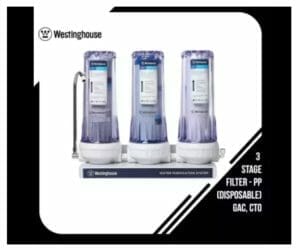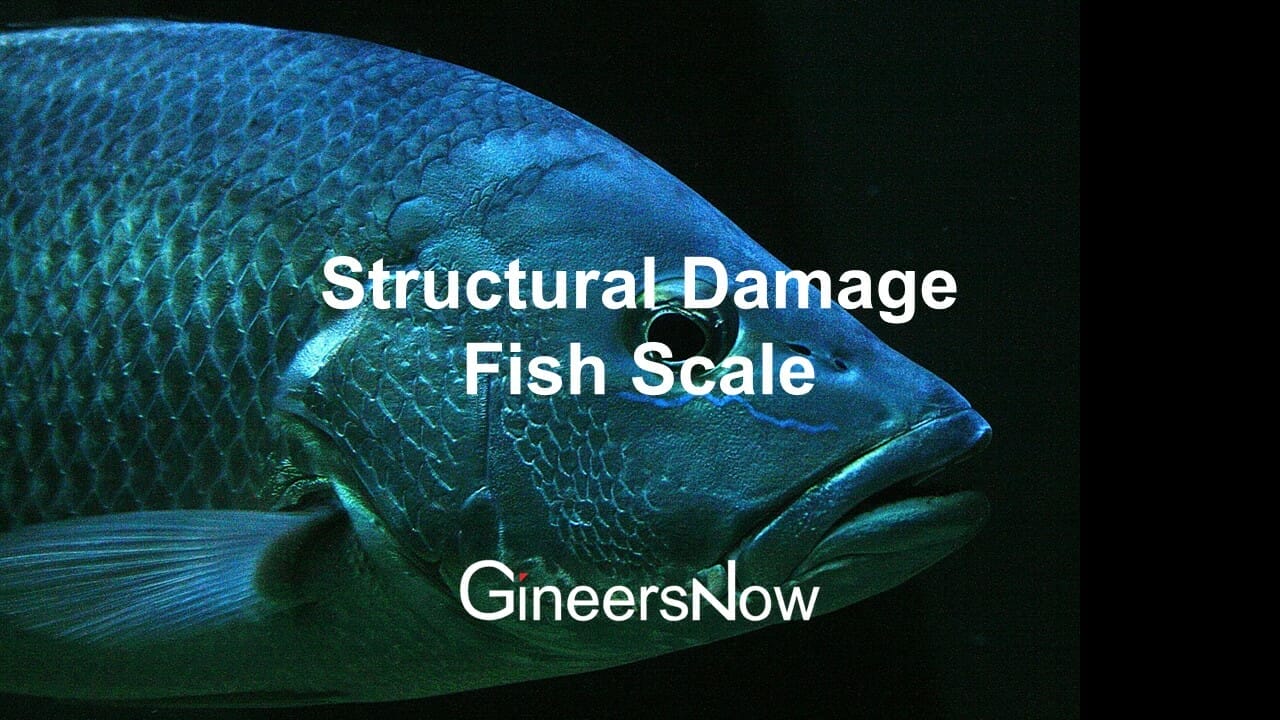Could This Be the Best Working System to Turn Seawater into Drinking Water?
There is a new attempt by researchers from the UK to turn seawater into safe drinking water. And it’s a technique that makes use of a graphene-oxide membrane that sieves salt right out of seawater.
Previously, graphene-based barriers are not manufactured in large amounts because of certain challenges, especially cost. Production of a single layer of graphene, done through a method called chemical vapor deposition, is expensive so it’s not yet scalable.

But the researchers from University of Manchester have turned from graphene alone and solved that challenge by using a chemical derivative called graphene oxide. It is relatively easier to produce through an oxidation process carried out in the laboratory.
Arriving to that solution took quite a while before the major development. The researchers carried out studies on graphene oxide membranes, only to find out that when they are immersed in water, they become a little swollen. Hence, smaller salt molecules are let to flow through the holes in the membrane along with the water. Which is not how desalination works.

To improve this setup, the researchers applied epoxy resin walls on both sides of the graphene oxide membrane, preventing it from swelling when exposed to water. Plus, the pore size in the membrane can now be adjusted, which means that it already work effectively as a salt sieve.
The technique is yet to be scaled up and is limited at the lab for now. However, it brings some kind of hope that this kind of desalination of seawater will be the engineering solution the humanity has been waiting for.

“Realization of scalable membranes with uniform pore size down to atomic scale is a significant step forward and will open new possibilities for improving the efficiency of desalination technology,” says Rahul Nair, leader of the research team.
“This is the first clear-cut experiment in this regime. We also demonstrate that there are realistic possibilities to scale up the described approach and mass produce graphene-based membranes with required sieve sizes,” he added.
Source: Tech Times












